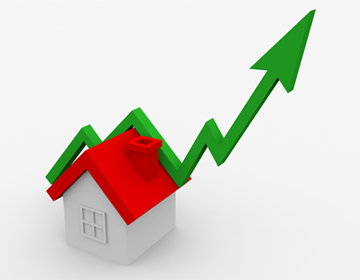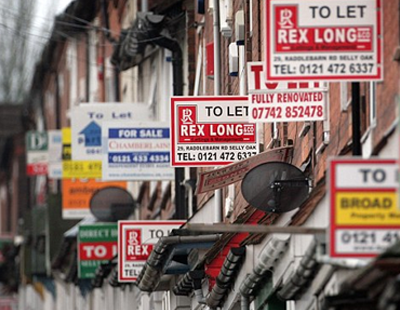The areas of the UK with the highest levels of unemployment have seen the lowest rates of house-price increases over the past decade, according to a study published by Lloyds Bank.
The company says that the gap in house prices between areas with the highest and lowest levels of unemployment has widened significantly over the past 10 years. Values rose by almost £90,000 on average in the parts of the country where unemployment was lowest.
And in the 10 local authority areas where the largest falls in unemployment have been recorded since 2006, property prices have typically increased by 76%. Across all areas, prices have grown by 34% or £61,575 on average over the last decade.
However, the 20 areas with the highest unemployment rates – which include Hull, Middlesbrough, Wolverhampton and Birmingham – saw prices rise by just 15%.
Lloyds’ mortgage products director, Andrew Mason, said: "Employment boosts consumer confidence, helps put more cash into customers’ pockets and makes it easier to secure a mortgage, all of which drives increased housing activity. Unfortunately, in areas where more people find themselves out of work, house prices can stall as people are financially less able to progress up the property ladder, reducing demand.
“There are, however, other factors which affect house prices - such as lower mortgage rates, improved affordability and low housing supply - which will have contributed to rising prices in the past decade."















Join the conversation
Be the first to comment (please use the comment box below)
Please login to comment